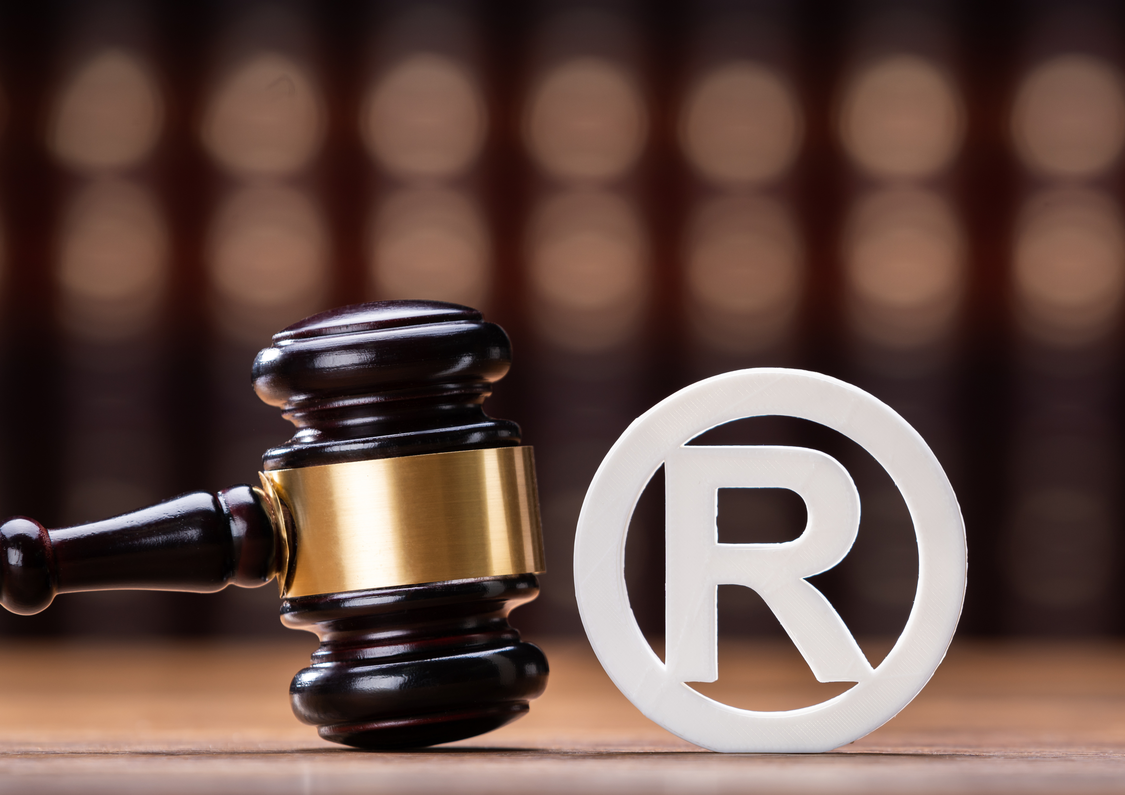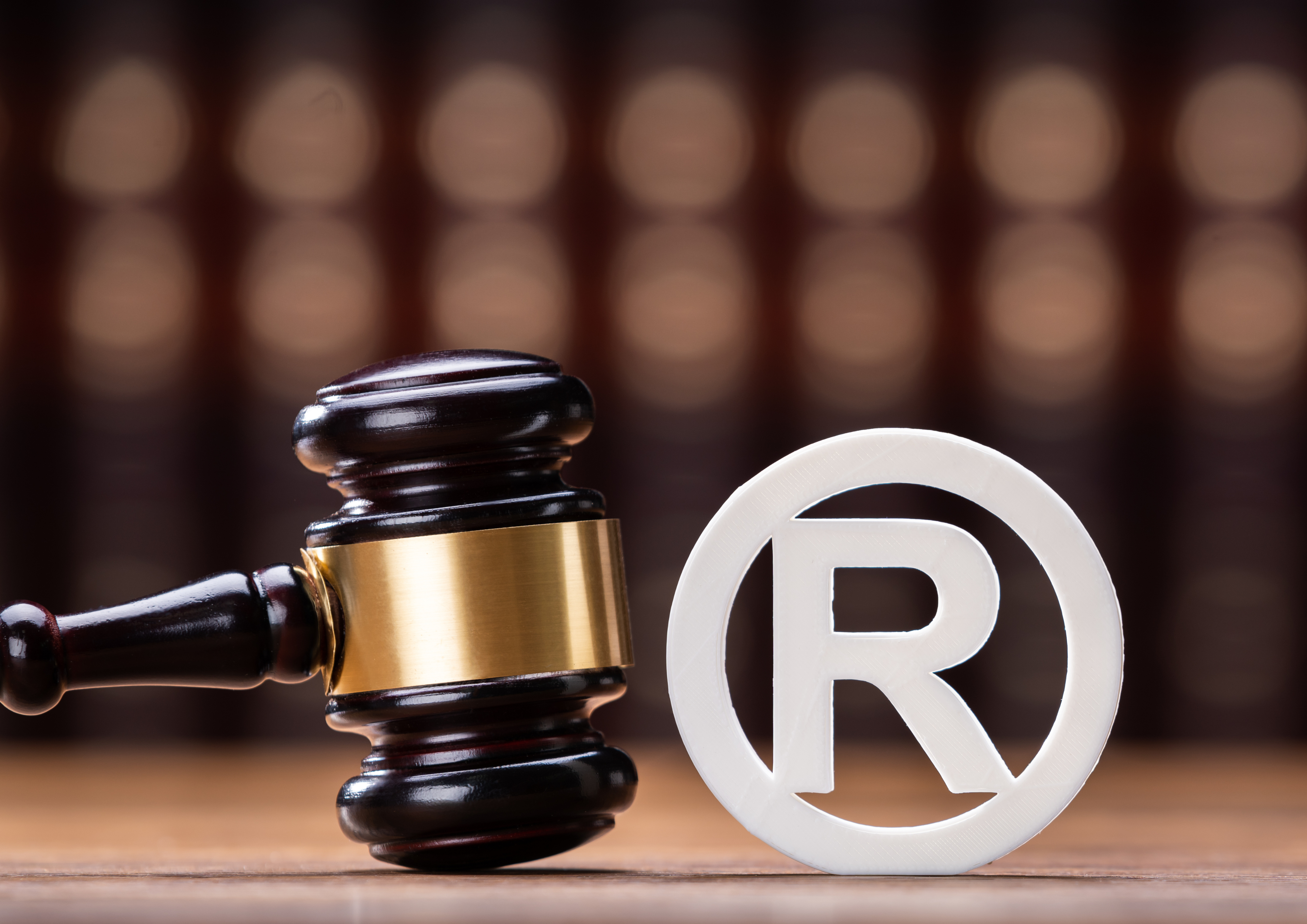AI and IP: the crossroads of innovation
Generative artificial intelligence (AI) technologies have experienced rapid growth and improvement, resulting in AI being the subject of intense media attention, particularly since the release of ChatGPT in November 2022.
There is an intrinsic link between AI and intellectual property, not only in the AI itself, but also in the outputs generated by AI which are the kinds of works that are protected by intellectual property. This raises questions as to whether existing intellectual property laws are capable of accommodating AI generated works into considerations of ownership and infringement of intellectual property rights.
Copyright
Protecting AI generated works
The outputs generated by AI tools such as ChatGPT and Stable Diffusion fall into categories of works that are typically protectable under the Copyright Act 1968 (Cth) (Copyright Act). However, certain criteria must be met to be afforded protection by the Copyright Act.
The concept of authorship is central to the protection of copyright. In Australia, copyright subsists in original works of authors who are a “qualified person”, where a “qualified person” is an Australian citizen or a person residing in Australia. The absence of a human author makes this requirement impossible to meet for AI generated works.
For works to be protected, the Copyright Act also requires them to be original. The common law has established that originality requires the exertion of independent intellectual effort. A degree of human expression of free and creative choice is implied in this requirement. Although AI generated works are not precluded from meeting the originality threshold, it is a difficult threshold for AI generated works to meet, as simply inputting prompts into an AI tool is unlikely to be sufficient exertion of intellectual effort.
Australian courts have previously held that database compilations, such as the Whitepages and Yellowpages, were not protected by copyright as there was no clear authorship or originality in their creation. The compilations were the result of software processes with minimal human input beyond the creation of the software. This failed to meet the level of human input required for the originality threshold[1]. This does not exclude software generated works from being protected by copyright, but such protection is dependent upon the level of human input in the creation of the software generated work.
[1] Telstra Corporation Limited v Phone Directories Company Pty Ltd [2010] FCAFC 149.
Asserting rights against AI generated works
A number of proceedings have been commenced in the US by copyright owners, claiming that the use of their works to train AI models constitutes an infringement of their intellectual property rights. For example, Game of Thrones author George R R Martin, along with a group of 17 authors, commenced class action proceedings against OpenAI, alleging that the authors’ books were acquired through illegitimate means and used to train ChatGPT. The class action sought an injunction preventing continued use of the authors’ works to train ChatGPT, and monetary damages. These (and similar) proceedings are yet to be decided, and similar proceedings have not yet been commenced in Australia.
Under Australian law, digital reproductions and communications are considered copyright infringements. AI creators have taken the position that the gathering of data, including copyright materials, does not constitute reproduction or communication, as the datasets are simply indices of where the materials are located on the internet. Conversely, copyright owners consider that the collection of data necessitates making copies of their protected works. These viewpoints are untested by Australian law.
Consideration must also be given as to whether AI generated works infringe existing copyright protected works. Pursuant to the Copyright Act, a protected work will be infringed if a substantial part of it is reproduced or communicated. What constitutes a substantial part is an assessment of the quality of what is copied, rather than the quantity.
The fair dealings exceptions under the Copyright Act allow for certain uses of protected works which will not be considered infringement of the copyright in such works. However, the fair dealings exceptions do not currently extend to use of works for machine learning purposes.
In November 2022, the Attorney-General’s department commenced a review of Australia’s copyright enforcement regime under the Copyright Act. As part of the public consultation process, Google made submissions, which were supported by companies such as Meta, X and Amazon, calling for expansions to Australia’s fair dealings exception to allow for AI data mining for machine learning purposes. The outcome of the Attorney-General’s review is yet to be released.
Patents
Australian courts recently considerer whether AI can be named as an inventor in patent applications. In Commissioner of Patents v Thaler (Thaler), an AI system created by Dr Stephen Thaler was named as the inventor in a patent application[1]. The patent application stated that the invention was “autonomously generated by an artificial intelligence”.
The Commissioner of Patents rejected the application on the basis that it failed to identify an inventor as required by the Patents Act 1990 (Cth) (Patents Act). The Patents Act provides that a patent may only be granted to a person who is the inventor, or is someone who derives title from the inventor or is entitled to be assigned the patent.
Dr Thaler was initially successful in the Federal Court, which held that as the Patents Act and corresponding regulations do not define an “inventor”, AI was not expressly prohibited from being named as an inventor in a patent application.
This decision was overturned by the Full Court of the Federal Court, which unanimously held that the requirement in the Patents Act to identify an inventor assumes a natural person who possesses legal personality and whose ingenuity was being rewarded by the grant of a monopoly over their invention. In making its decision, the Full Court left open the question of whether creators of AI systems can be granted patents invented by their AI systems.
The High Court denied Dr Thaler special leave to have the matter heard, as the question being tried was limited to whether the Commissioner of Patents could reject an application on the basis that a human was not listed as the inventor. The High Court considered that this very limited question was not the “appropriate vehicle” to consider the role of AI in Australian patent law.
[1] [2022] FCAFC 62.
Designs
The interaction between AI and the Designs Act 2003 (Cth) (Designs Act) has not yet been tested in Australian courts. However, the requirements for entitlement to registration under the Designs Act are similar to those of the Patents Act. Accordingly, questions that may arise with respect to entitlement to registration are similar to those considered by the Full Court of the Federal Court in Thaler. The Designs Act goes further than the Patents Act and explicitly defines the designer of a design as “the person who created the design”.
Trademarks


The interaction between AI and the Trade Marks Act 1995 (Cth) (Trade Marks Act) has also not yet been tested in Australian courts. However, unlike the acts discussed above, there is nothing in the Trade Marks Act that would prevent legal entities applying to register trade marks created by AI.
Getty Images recently commenced proceedings in the UK and the US against Stability AI, the creators of Stable Diffusion, alleging that the recreation of Getty Images’ watermark on images created using Stable Diffusion’s AI constitutes infringement of Getty Images’ registered trade mark rights. These proceedings are yet to go to trial. However, their outcomes may influence the direction of future proceedings before Australian courts.
Policy implications
Australian intellectual property law is not currently adapted to accommodate advances in AI technology. As pointed out by Justice Edelman in Thaler, there is a significant gap in the operation of the Patents Act, as it currently allows for an invention to exist but without a legally recognisable inventor. In its decision in Thaler, the Full Court of the Federal Court raised several policy questions concerning AI, including whether “inventor” should be redefined to include AI. Australian copyright laws face similar limitations, as they require the intellectual effort of an Australian citizen or a resident of Australia for a work to be afforded protection under the Copyright Act. These are prerequisites that cannot be met by AI technologies.
Accordingly, policies across the suite of IP rights (copyrights, designs, patents and trade marks) should be reconsidered in order to modernise legislation and bridge the gap between technological advancements and the law.
This article provides general comments only. It does not purport to be legal advice. Before acting on the basis of any material contained in this article, we recommend that you seek professional advice.
Co-author
Name: Jacinta Zheng
Position: Lawyer
Practice: Transactions
Expertise
Our IP team provides a holistic service, assisting clients with a full range of matters from registration and protection of IP, helping with licensing, commercialisation and distribution agreements to resolving any IP-related disputes.
Our clients seek advice from us to find the best and most cost-effective solutions to commercialising their creations, both in Australia and throughout the world.
Find out more about how our expert IP team can help protect your business.
Experts
Related Insights
Wrinkles smoothed: High Court clarifies reputation is irrelevant to trade mark infringement

Katie Perry v Katy Perry: two teenage dreams and one name

8 common IP myths busted



